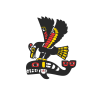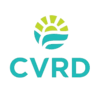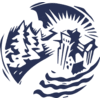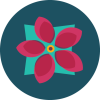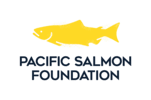By Rodger Hunter, Cowichan Watershed Board, December 19, 2010
With the rainy season squarely upon us maybe it an appropriate time to review some facts the essence of life.
Let’s start with the big picture and move from global to local.
So how much water is there on the planet?
Earth isn’t called the Blue planet for nothing. The United Nations Environment Program reports the there are 1.4 billion cubic kilometres of water on Earth.
Is the amount of water increasing or decreasing?
Neither. The oft quoted sentence appearing in the National Geographic in October 1993 captured it. “All water that will ever be, is right now.” The amount of water on Earth water has remained constant for millions of years. Water is simply recycled and in redistributed. Sea levels may rise and fall ice caps and glaciers may expand on contract and all the while water evaporates, condenses and is returned as precipitation. This time of year we in the Cowichan become increasing familiar with the latter phenomenon.
And how much of the Earth’s water is fresh?
The world of water is pretty salty. Only 2.5 per cent of the earth’s water is fresh. And currently just over two thirds of that is frozen. The remainder falls into three categories: surface water (predominantly lakes but also rivers); groundwater (underground might be a better name); and, water that has evaporated and condensed (interestingly although the world’s clouds hold only about four one-hundredths of all fresh water, that represents more water than there is in all of the world’s rivers).
Who are the biggest users of water?
Agriculture is by far the biggest user of water in the world at 64 per cent. Much of that use comes from groundwater. Unfortunately ground water is becoming seriously depleted in many parts of the world.
How much water does the average person use at home each day?
Domestic water use varies greatly by country and in particular according to how developed a country is and how much water costs. The United States has the highest average daily domestic water use in the world at roughly 380 litres per capita. Canada ranks second and roughly 330 litres per capita per day. Both by world and Canadian standards British Columbians are real water hogs. According the BC’s Ministry of Environment our domestic use averages 490 litres. BC is second only to Newfoundlanders in Canada. Where water is metered and unit price increases with volumes used water use is generally lower. Per capita daily domestic water use in Ladysmith is roughly 280 litres. The CVRD State of Environment report noted that since 2002 when water was metered total domestic water use in Ladysmith has declined by 23 per cent despite a 17 per cent population increase. The Town of Lake Cowichan is currently in the process of applying for a Towns for Tomorrow grant to support the completion of domestic water metering. Per capita domestic water use in Lake Cowichan is estimated to be well above the provincial average.
For more information about watersheds and the Cowichan Watershed, please visit www.cowichanwatershedboard.ca
 Email
Email